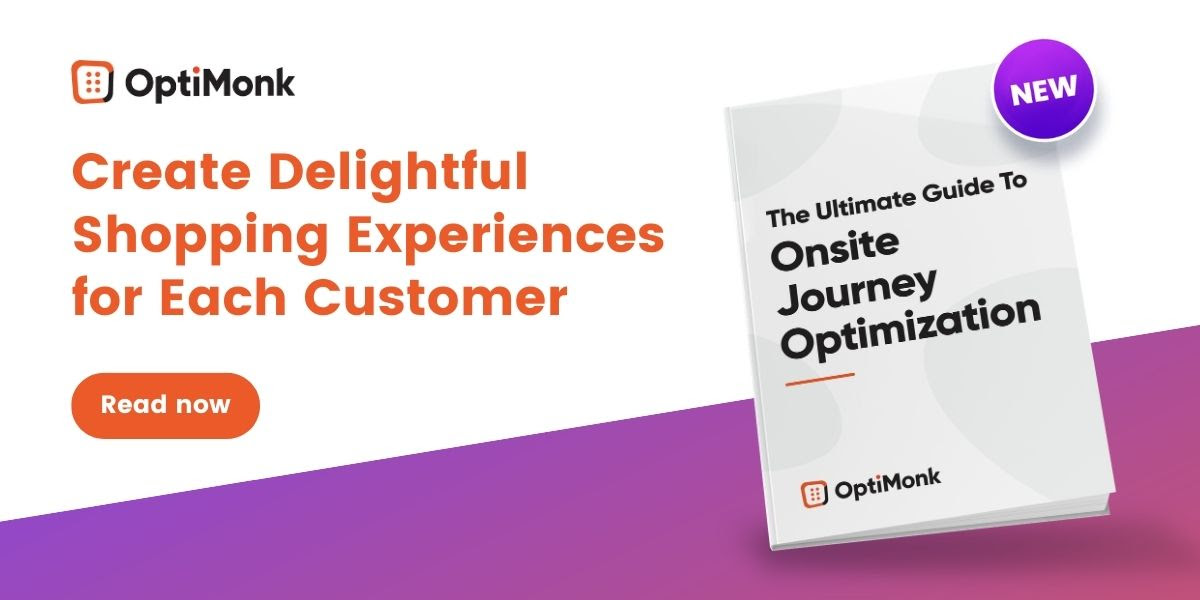
The question “What is Retargeting” might seem a simple question, but the answer is far from straightforward.
This is because anyone looking to understand website retargeting also needs to understand the consequences of using it. It’s like opening Pandora’s box and yes, there be shark’s inside named consent and privacy. Understanding what it is, and what you are doing by using it, is just a start to generating sales through your website.
What is Retargeting?
Have you ever been on a website and then switched to social media and found an ad targeting you from the website you were just on? Have you encountered Ads that appear to follow you around from one website to another, products or service from an entirely different website. Well, both of these scenarios are examples of retargeting.
Scenario 2
Have you ever been on an ecommerce site and put a product in the shopping cart, perhaps not to buy, but just to make it easy to find again? Were you then hit with a popup message on the website before leaving?
This is also retargeting but is a different type to the first example.
How is Retargeting Achieved?
Marketing automation suites and advertising tools like Google Ads and Facebook’s retargeting (although there are many others) are the mechanisms by which retargeting is achieved. Both these technologies are dependent on the insertion of a piece of code into the header of the advertisers website. Once inserted, when visitors arrive to the advertiser’s website an anonymous tracking cookie is placed in their browser. From this moment on they are tracked across the web and ads served where ad space is owned, on publishers websites, who also have a piece of code integrated.
A distinction must be made between onsite retargeting and offsite retargeting purely because of what people feel about them, one feels far more invasive than the other.
Invasive Retargeting = Ad Retargeting, every action across the net is tracked by providers such as Google Ads and Facebook Retargeting, in-order-to display ads where-ever you are. You have a personal stalker here. Now, this supposed to be anonymous, but is it really?
Good Retargeting = Onsite Retargeting, designed to enrich the user experience and ultimately provide visitors/users what they want by displaying the right content or offer. Typically tracking is limited to an individual website and their email campaigns. Although data is stored about you as a user, is only in relation to the actions taken on their website in-order-to personalize the experience.
For good (on-site) retargeting, tracking is needed to understand consumers interests, needs and ultimately provide them what they want.
Why Use Retargeting?
Ultimately, the only reason to use retargeting is to re-engage users / visitors / customers. Typically this is to sell something, an idea, service or product.
What really sells retargeting is that 98% of visitors leave ecommerce sites without buying, most never to return. In combination with the information that:
1. The biggest expense for ecommerce websites is driving visitors to the website in the first place.
2. That on average 69% of visitors will abandon their shopping cart. This can be greatly reduced with onsite retargeting reminding them about the cart contents and by incentivizing purchase.
3. Its far easier to sell to an existing customer than to a new one.
Conclusion
Retargeting is essential despite the risks.
But On-site retargeting is far more important than offsite retargeting, such as Google Ads or Facebook retargeting because it personalizes your content, making it more relevant – giving people what they want.
On-site retargeting is a conversion rate optimization (CRO) exercise. On-site retargeting platforms provide the ability to gather feedback, collect GDPR privacy consent and create onsite messages that can be triggered at exactly the right moment in the conversion funnel, messages that can be AB tested, just like your landing pages. In this sense, it optimizes your website so that you can get the-most-of the traffic you have. On-site retargeting is something that should be done before even considering Facebook ads or Google Ads for retargeting.
Tracking for off-site retargeting is an invasion of people’s privacy – it’s a fact, as marketers we have to accept this, regardless of whether it is anonymous or not. Why? Well, consider when was the last time you read a privacy statement from start to finish? People don’t read privacy statements and so how do they know what they are consenting to?
Instead, invest your time and concern in ensuring customers data is safe and that its use is helpful to them and that it meets current legal requirements.
Consider, whether you collect data on your own site to be able to retarget, or whether it is achieved through third-party platforms such as Facebook, you as a website owner are responsible and culpable for the security of users data and the use of their data. If someone steals or misuses data from Facebook regarding a customer, YOU as the website owner are legally responsible because you are responsible for storing it there, even if you are not physically managing it.
In-order-to build trust, consent is needed for the collection of and the use of the data. It is also needed to protect yourself against the claim that you did not do all that could be done to protect data, or that they did not know something about how you use data. It’s a legal requirement to gain consent due to the new GDPR rules and regulations in Europe. It makes sense to get consent anyway because visitors also need to feel that their data is safe, – trust sells.
The contents of your privacy statement are important. It absolutely must contain information about every type of retargeting and the platforms you are using and how it works, and that consenting to your privacy statement they are agreeing to the retargeting. This would include retargeting on third-party platforms such as Facebook Platform or Google Ads.
Whether people read the privacy statement is irrelevant, they know that they probably should, but we all know that they probably don’t. It’s their fault if they don’t, therefore if you obtain consent that legal responsibility is less likely to apply to you. They couldn’t possibly read every privacy statement they encounter in a day, let alone understand them all. What they will notice is if it’s NOT available. If it’s not available and someone complains then you are likely to get a nasty fine. In addition, what if the requirement to give consent is not available and something goes wrong and data is stolen by a hacker. Well, let’s just say it can only get more costly and damaging to you as a business owner.
(Note: Would you like to learn how to create delightful shopping experiences for each customer? Click here and download our free eBook that contains over 70 pages of tips and best practices.)













